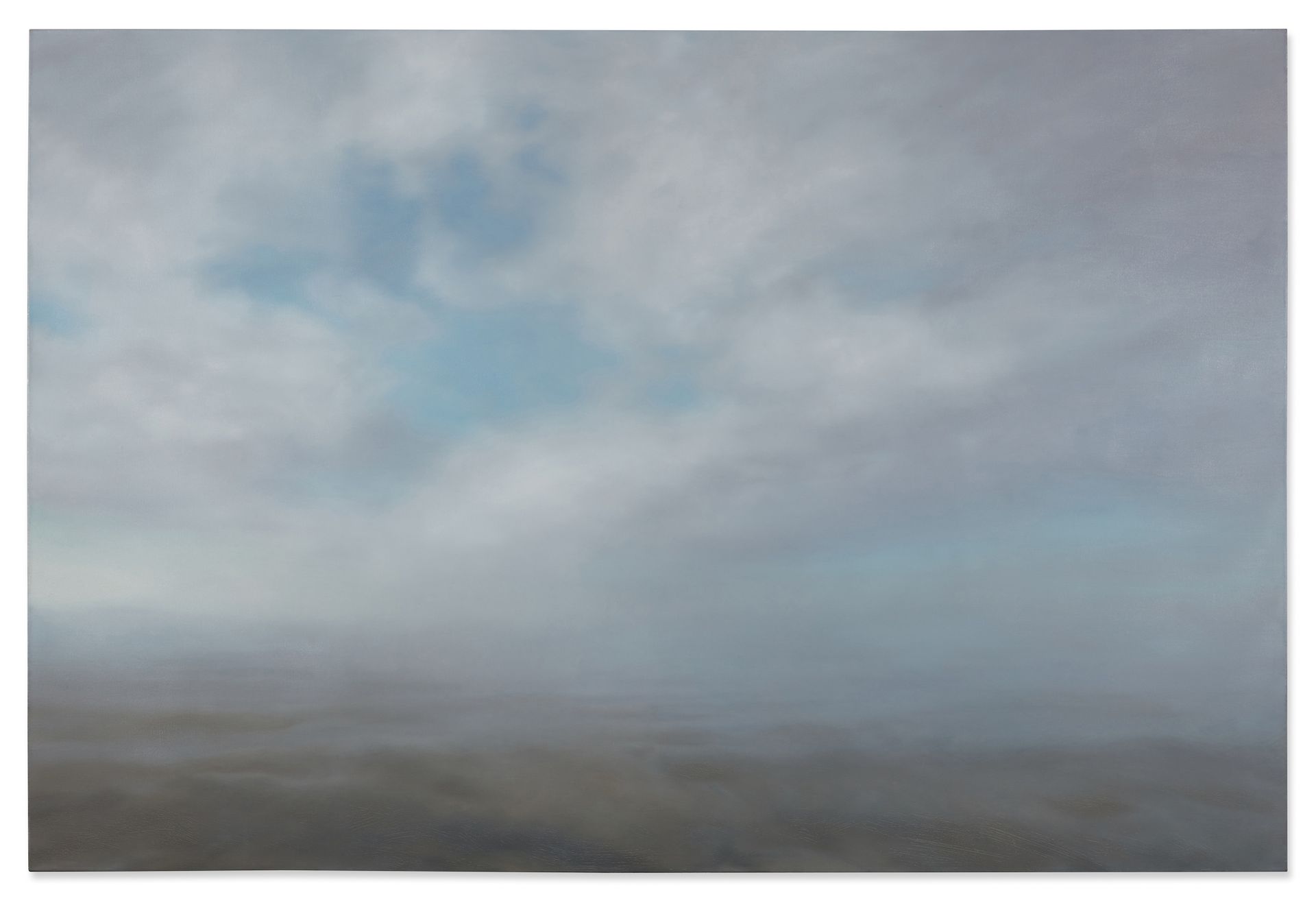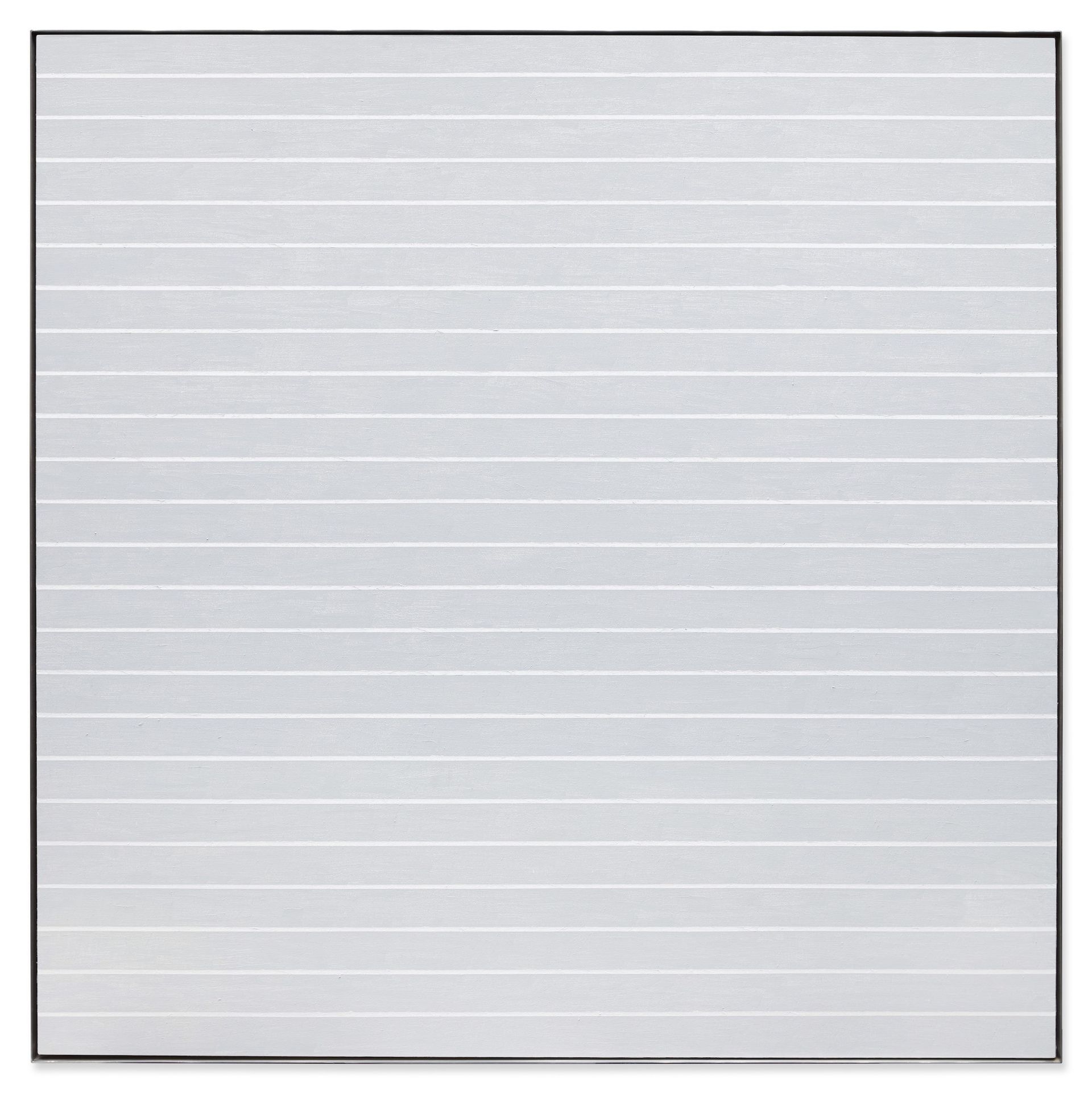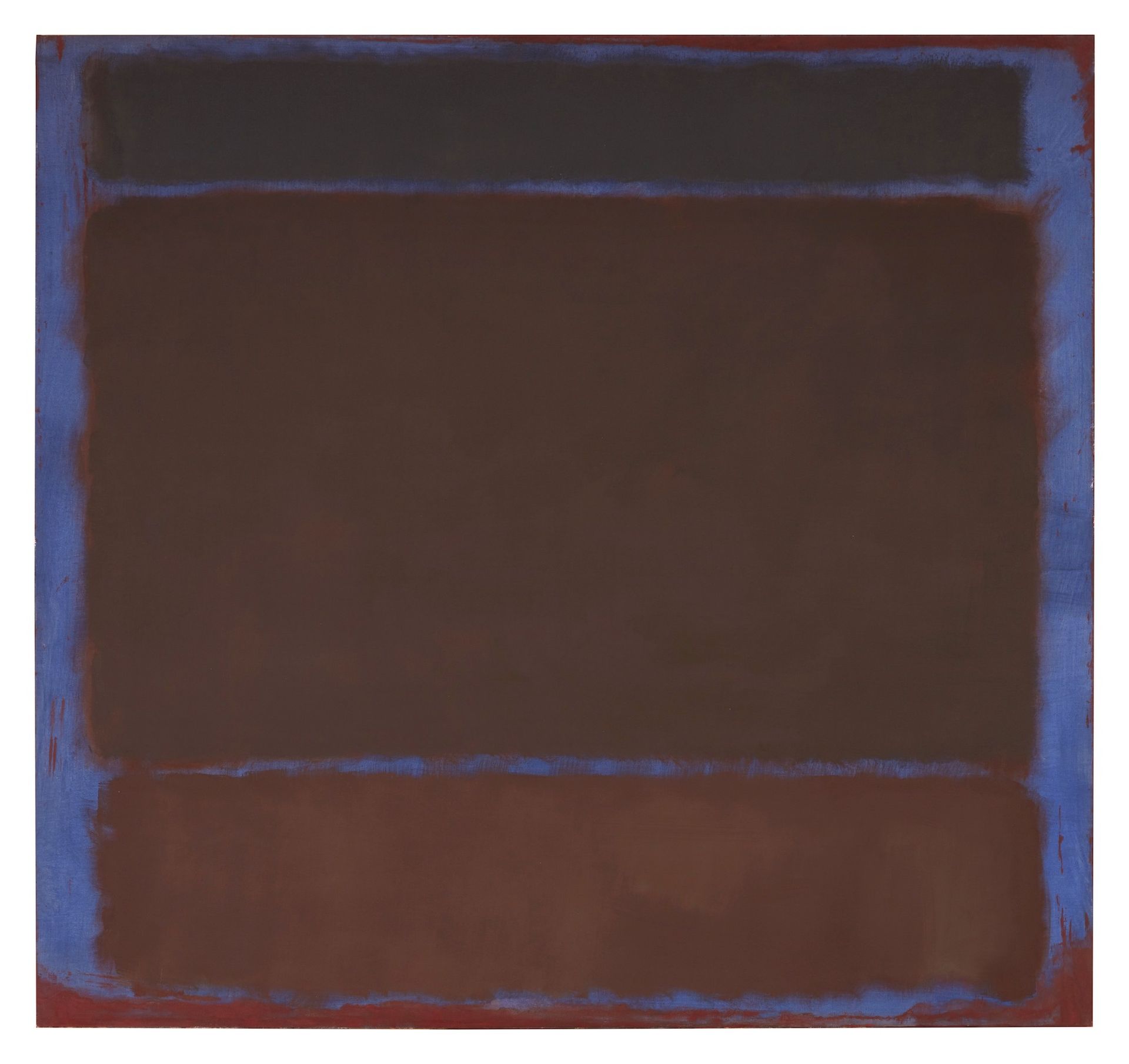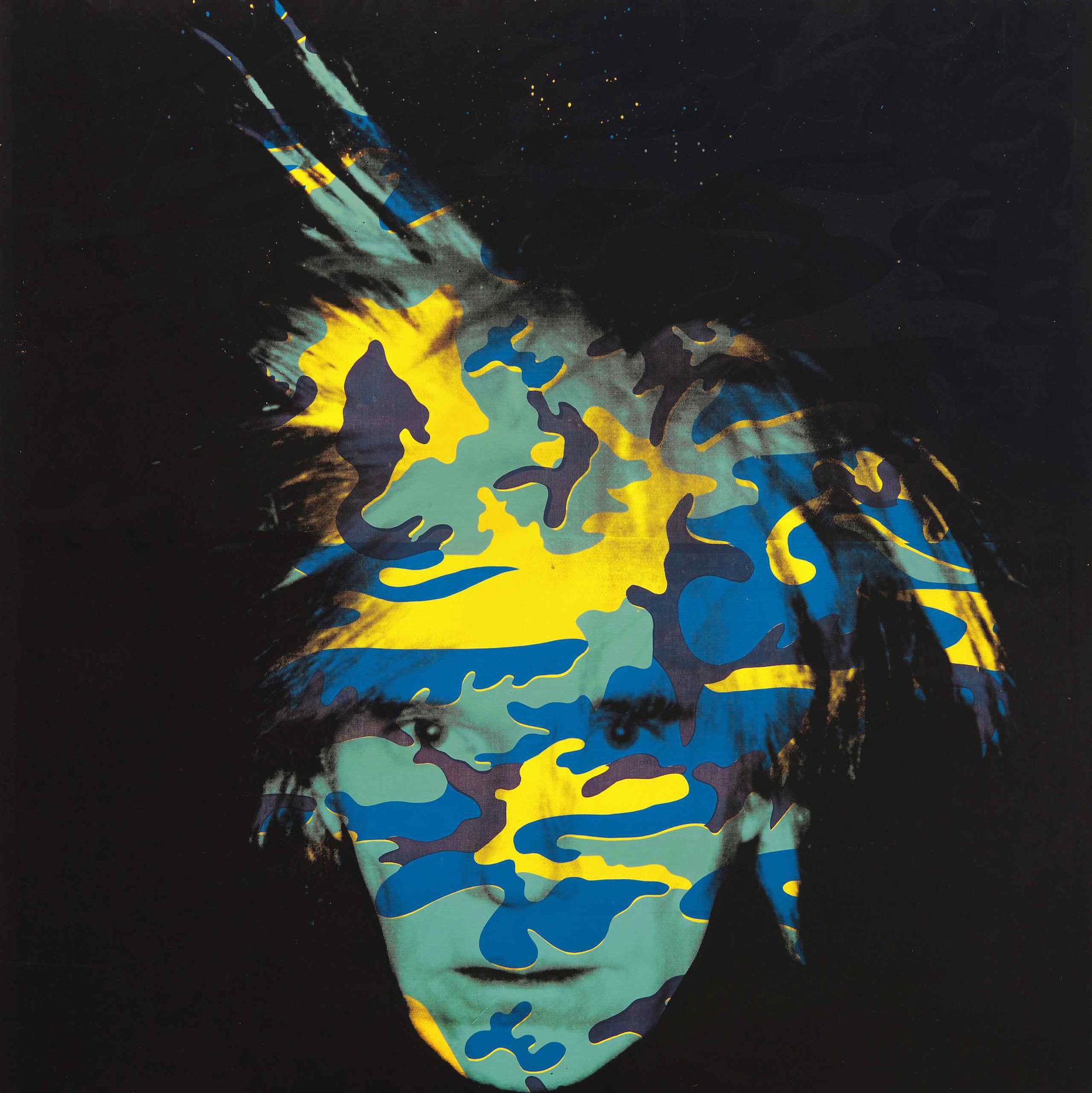Sequels are rarely as impactful as the first instalment, a truism that could be applied to the second sale of works from Linda and Harry Macklowe’s collection at Sotheby’s in New York on Monday night (16 May). After the original bundle of 35 lots brought in a staggering $676.1m (with fees) last November—the biggest total for a single sale in the auction house’s 277-year history—the 30 works offered tonight brought in a total hammer price of $208.7m, squarely within the pre-sale estimate of $167.6m-$236.4m (estimates do not take auction house fees into account).
However, the second sale was sufficient to put the Macklowe collection into the history books. With fees, Monday night’s sale brought in $246.1m, bringing the collection’s total sales tally to $922.2m (with fees). That sum, a Rothko or two shy of $1bn, makes the Macklowes’ trove the most valuable collection ever sold at auction, surpassing Christie’s 2018 sales of works from the estate of Peggy and David Rockefeller, which clocked $835.1m (with fees) across several auctions.

Gerhard Richter, Seestück (Seascape), 1975 Courtesy Sotheby's
The final tally was especially impressive considering how distinct the Macklowe collection is from the art market’s prevailing tastes of the moment. “We are living in really hot times—emotionally hot, politically hot, sociologically hot. The temperature and the pace of life are very heated up and very sped up, and the Macklowe collection is so cool and so unemotional,” the advisor Beverly Schreiber Jacoby said before the sale. “There’s a tremendous amount of figurative art right now, and the Macklowe collection is more representative of a heyday of post-war Modernism, abstraction and conceptual art.”
The result no doubt pleased both the consignors—who were ordered to sell their art as part of a bitter divorce dispute—and Sotheby’s, which took many measures to ensure the collection would sell well. As in the first auction, every lot in Monday night’s sale was guaranteed. Nearly two thirds of them (19 of 30) also came with irrevocable bids.
Bidding was nonetheless spirited on several lots, with auctioneer Oliver Barker often fielding competing bids primarily from clients in Sotheby’s York Avenue saleroom and on the phones, most of them via specialists from the firm’s Americas and European teams. The second lot of the night, for instance, the Roy Lichtenstein tondo painting Mirror #9 (1970), flew by its high estimate of $2m on the strength of a bidding war between four specialists and a man in the saleroom. It eventually sold to a bidder on the line with Sotheby’s chairman of the Americas, Lisa Dennison, for a hammer price of $5m ($6m with fees). The same bidder stuck around and took home the night’s final lot, Mark Grotjahn’s Untitled (Black Butterfly over Blue M02G) (2002, $1.5m-$2m) for a hammer price of $1m ($1.2m with fees).

Agnes Martin, Untitled #11, 1985 Courtesy Sotheby's
The sale’s two Minimalist canvases by Agnes Martin—the only works by a woman in tonight's auction—also sparked competitions that benefited from the return of in-person bidding. The night’s third lot, Martin’s Early Morning Happiness (2001, est $2.5m-$3.5m), led to a furious four-way bidding war that ultimately narrowed to a woman in a bright red jacket seated near the back of the saleroom and a client on the line with specialist Bame Fierro March. The phone bidder ultimately prevailed, for a hammer price of $8.3m ($9.8m with fees). When the second Martin hit the auction block 11 lots later, the woman who had been outbid left nothing to chance. She won Untitled #11 (1985, est $4m-$6m), a classic Martin composition of horizontal white lines on a pale grey ground, for a hammer price of $5.3m ($6.4m with fees).
The night’s two biggest results were the two works with the highest estimates, and both sold squarely within them. Gerhard Richter’s Seestück (Seascape) (1985, est $25m-$35m), a nearly 10ft wide painting of a foggy sea under a partly cloudy sky, made no waves as it elicited just two bids, going to a client on the phone with Sotheby’s head of contemporary art David Galperin for a hammer price of $26m ($30.1m with fees).

Mark Rothko, Untitled, 1960 Courtesy Sotheby's
Three lots later, Mark Rothko’s Untitled (1960, est $35m-$50m)—a striking composition featuring the artist’s trademark rectangular dark red and maroon forms set against a dusky blue-mauve background—set off a proper duel between phone bidders on the line with chairman of contemporary art Grégoire Billault and international chairman Patti Wong. (It was one of just a handful of lots where Asian bidders were active.) Ultimately Billaut’s bidder won out with a bid of $41.5m. With fees, the price came to $48m.
The rest of the sale was relatively short on surprises, though there were a few. The two works on offer by German painter Sigmar Polke exceeded their high estimates on the strength of spirited bidding contests between clients on the phone, while the lone work by contemporary and countryman Anselm Kiefer, Des Malers Atelier - Der Rhein (1983, est $700,000-$1m), was one of the night's few duds, selling after two bids for a hammer price of $550,000 ($693,000 with fees).

Andy Warhol, Self Portrait, 1986 Courtesy Sotheby's
Perhaps buoyed by the record-shattering sale of Andy Warhol’s Shot Sage Blue Marilyn (1964) last week at Christie’s for $195m (with fees), the three works on offer by the Pop art master on Monday performed solidly. The opening lot, Blue Airmail Stamps (1962, est $700,000-900,000), a cool blue rendering of a sheet of ¢7 US postal stamps, sold for a hammer price of $1.05m ($1.3m with fees), while the bright red Hammer and Sickle (1976, est. $4m-$6m) sparked a competition between four phone bidders and ultimately sold for a hammer price of $5.3m ($6.4m with fees). The night’s biggest Warhol in both size and estimate, Self-Portrait (1986, $15m-$20m), which the artist made just months before his death, in which he sports his signature fright wig and is overlaid with a camouflage pattern, sold to a bidder on the phone with Sotheby’s chairman for Japan, Yasuaki Ishizaka, for a hammer price of $16m ($18.7m with fees).
“That is definitely a Warhol that you could hang with pride,” Jacoby said. “We’re living through a war and it has a camouflage pattern—it’s the one piece in the sale that speaks a little more to the moment.”
Collectors looking to make more of-the-moment acquisitions will get their chance on 19 May with Sotheby’s latest The Now auction. In the meantime, the firm holds its marquee sale of Modern art on the evening of 17 May.


